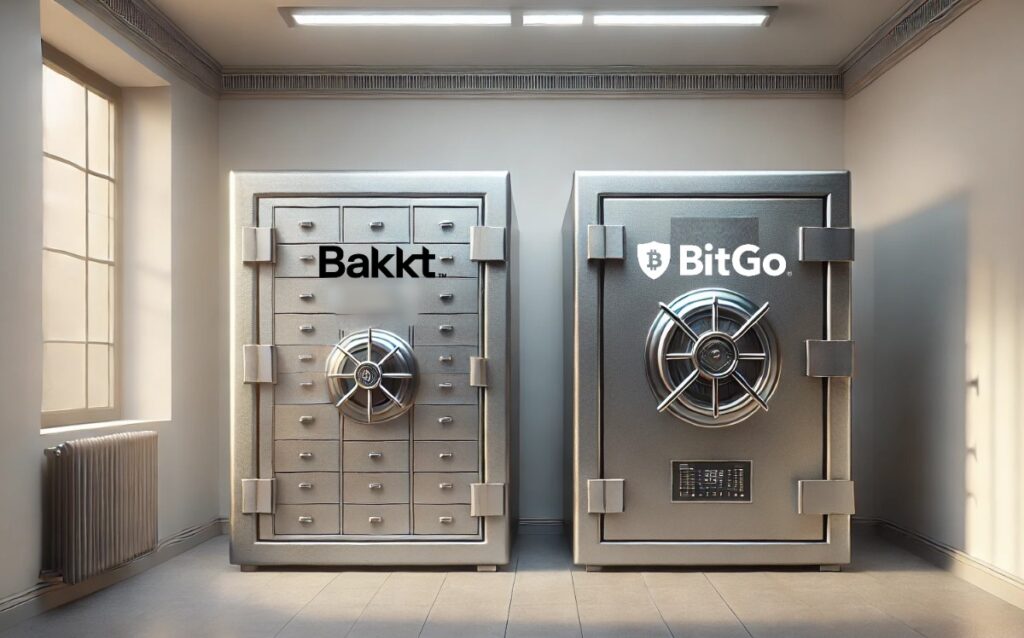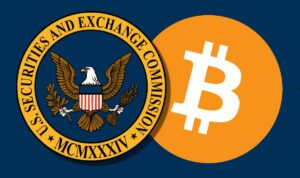The evolving regulatory landscape in the United States is prompting banks to reconsider their stance on digital assets. And really, there’s a lot to think about.
Recent policy shifts, including the withdrawal of the SEC’s Staff Accounting Bulletin No. 121 (SAB 121), new guidance from the Office of the Comptroller of the Currency (OCC) and a green light from the FDIC, have opened avenues for banks to reengage with cryptocurrencies. However, as Anchorage Digital’s Nathan McCauley discusses in his article, “What Banks Should Consider Before Diving Back Into Digital Assets,” this renewed interest necessitates a thorough evaluation of the associated challenges, particularly in the realm of custody services.
Regulatory Shifts Encouraging Reengagement
The SEC’s decision to withdraw SAB 121 marked a significant change in the regulatory approach to crypto assets. Initially, SAB 121 required banks and financial institutions to record customers’ crypto assets on their balance sheets, a mandate that deterred many from offering crypto custody services due to potential liability concerns. Its recent rescission alleviates these concerns, making it more feasible for banks to explore digital asset services.
Complementing this, the OCC issued an interpretive letter clarifying that federally regulated banks can engage in cryptocurrency activities, including providing custody services and participating in certain stablecoin-related operations, without prior approval.
The FDIC’s March 28th update goes further – laying out exactly what US banks can do in the crypto space, and it appears there’s not much they won’t be able to do. For example, they’ll be able to act as crypto-asset custodians; maintain stablecoin reserves; issue cryptocurrencies and other digital assets (wow!); act as market makers, exchange or redemption agents; participate in blockchain-and distributed ledger-based settlement or payment systems, including performing node functions; as well as related activities such as finder activities and lending.
Essentially, every finance related-business activity that’s happening in cryptoland now – US banks will be able to do it too. All without any new legislation or regulation (so far anyway). provided that they “adequately manage” the associated risks. Says the FDIC “[we] expect that FDIC-supervised institutions conduct all activities in a safe and sound manner and consistent with all applicable laws and regulations.”
Like we said – there’s a lot to think about.
Custody Challenges in the Crypto Space
Let’s start with the challenges inherent in entering the crypto custody arena:
Technological Infrastructure: Managing digital assets requires specialized infrastructure capable of securely storing private keys and facilitating blockchain transactions. Banks will likely have to invest in or partner with technology providers to build these capabilities.
Risk Management: The crypto market’s volatility necessitates robust risk assessment frameworks. Banks must develop strategies to mitigate risks associated with price fluctuations and potential cyber threats.
Compliance and Reporting: Ensuring adherence to anti-money laundering (AML) and know-your-customer (KYC) regulations is critical. Although banks already do this, digital assets take the complexities of these processes to the next level.
Insurance Coverage: Integrating cryptocurrencies into traditional banking services presents unique challenges, particularly concerning insurance coverage. In the United States, the Federal Deposit Insurance Corporation (FDIC) insures customer deposits in banks up to $250,000, protecting against bank failures. However, this protection does not extend to cryptocurrencies, creating a significant gap in consumer protection – one that new crypto buyers might not be aware of. Legacy clients will need to be educated.
Crypto is Fast – But Banks, Well…
Turning to the ‘product/market’ fit – cryptocurrencies are known for their rapid transaction capabilities. For instance, Bitcoin transactions can be confirmed within minutes, depending on network conditions and fees. In contrast, traditional bank transactions, especially cross-border payments, can take from days to a week or more to settle due to intermediary processes and regulatory checks. This makes it safe – and safe takes time. This disparity raises questions about which standards and expectations should apply when banks handle crypto transactions.
And what about fees? Transactional crypto accounts can move large amounts of crypto around the world in seconds, often for a tiny fraction of the cost of sending fiat currency between banks. Is this a part of their businesses banks want to put at risk? Not likely – so expect plenty of head-scratching from the banks about how to maintain their huge margins too.
Conclusion
While the regulatory environment has become more supportive of banks engaging with digital assets, as highlighted by Nathan McCauley and others, the path forward requires careful consideration of the challenges inherent in crypto – and the threats it poses to traditional banking business models. By addressing these issues proactively, banks might be able to position themselves to meet the growing demand for digital asset services while maintaining the trust and security that clients expect – but they might not too…







